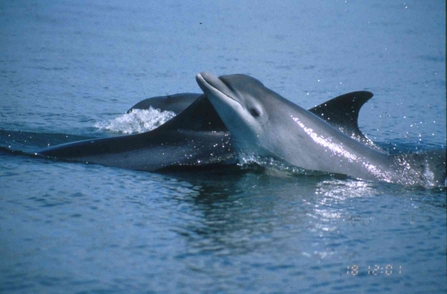The South Coast pod currently numbers only 40 individuals and they are known to shift everywhere from North Devon to East Sussex.
The scale of that area and the size of the pod makes it incredibly difficult for marine conservation experts to track them in detail.
As a result of their uniqueness and rarity, the South Coast Bottlenose Consortium was formed in 2022, a collaborative partnership which includes a range of conservation groups, universities, governing bodies, and businesses to work together to gather information on the bottlenose dolphins in the region.
They are calling for the public’s help to try and build a comprehensive pattern of where they travel at different times of the year and whether there are particular factors – include human activities or environmental conditions – that influence their movements.
They are especially keen to try and establish if the dolphins have preferred breeding grounds, or any other reproductive patterns, given the pod hasn’t significantly grown in size since it was first identified in back in the 1990s.
As such, any sightings gathered during the summer of 2023 will help to establish if calf production is taking place at a sustainable rate for the population to survive.
The project, supported by the South Coast Bottlenose Dolphin Consortium, is being coordinated by the University of Plymouth and Cornwall Wildlife Trust, who have been collaborating to study marine mammal populations off the South West coastline for several years.

